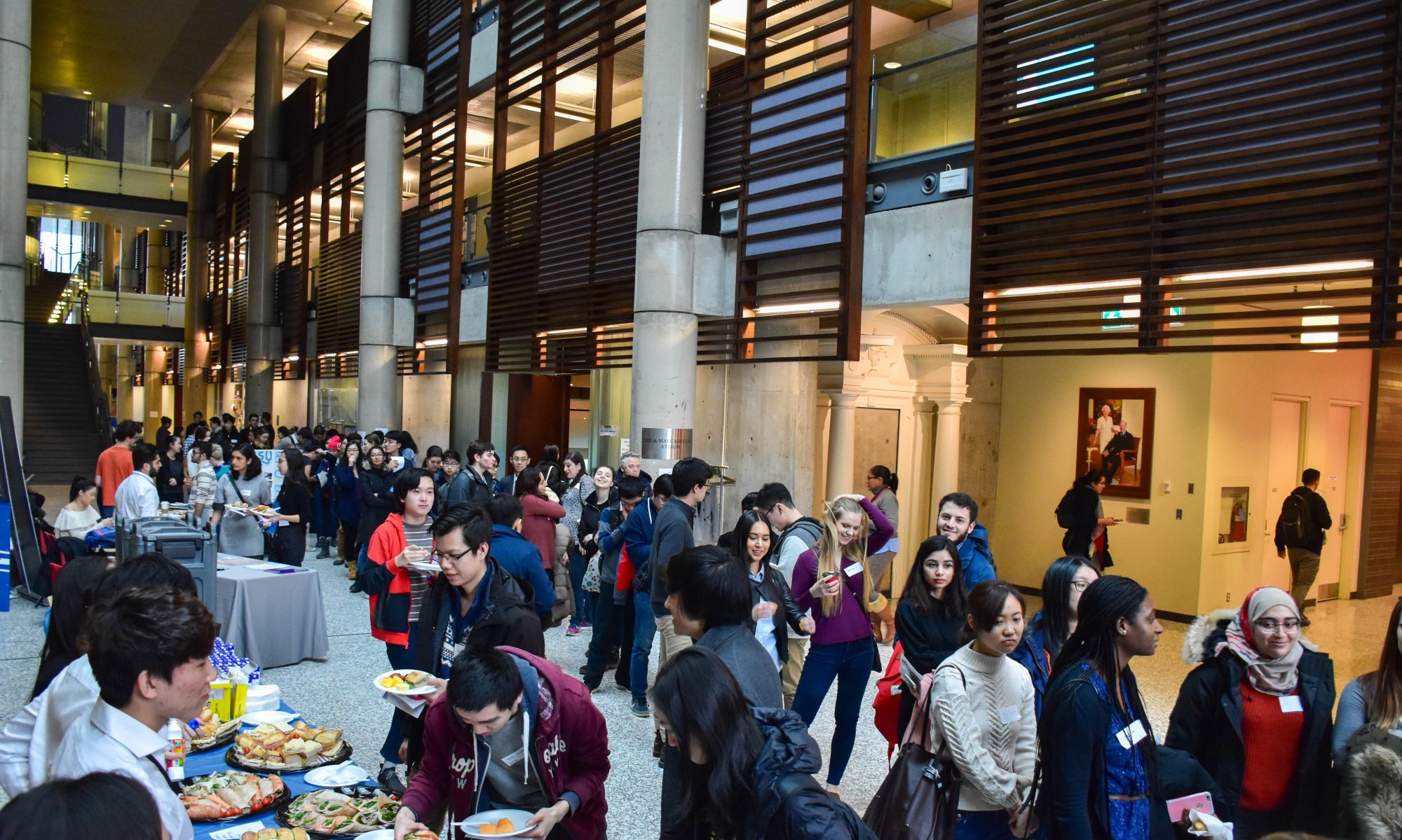Researchers at Carl Gustav Carus Faculty of Medicine at Dresden Technical University have shown for the first time that the length of time hematopoietic stem cells spend in the G1 phase of the cell cycle determines the fitness of human blood stem cells.
Blood is composed of many different kinds of cells, which must be continuously replaced in order to ensure survival. For this purpose we have hematopoietic (blood) stem cells in the bone marrow that have the potential to divide and differentiate into the many different kinds of cells present in blood. This process is extremely important after an infectious disease, during which a large number of blood cells are killed so they have to be replaced quickly by the stem cells in the bone marrow. This property of hematopoietic stem cells is also used in bone marrow transplants for leukemic patients so that the transplanted bone marrow can replace the diseased blood cells. However, due to resistance to the stem cells only a limited number can be transplanted for which reason it is important for us to understand the working of these stem cell.
It is known that these stem cells are in the resting phase of the cell cycle and when more blood cells are needed they resume their cell cycle to generate more cells. However it was unknown whether the length of the cell cycle could potentially affect the functionality of the cells. To answer this researchers at Dresden Technical University use gene transfer technology to shorten the early phase of G1. They found that this significantly increased the function of the stem cells. Also the stem cells showed better function when transplanted into another mouse model. The surprise came when the researchers found that shortening the later phase of G1 had the exact opposite effect. This shows that stem cells function depends on key events that take place in the earlier and later phases of G1 and in the future scientists might be able to manipulate these events in order to achieve better stem cell function for treatments like bone marrow transplants.
Summary courtesy of Waleed Khan
References:
Blood stem cells in a rush: Velocity determines quality

